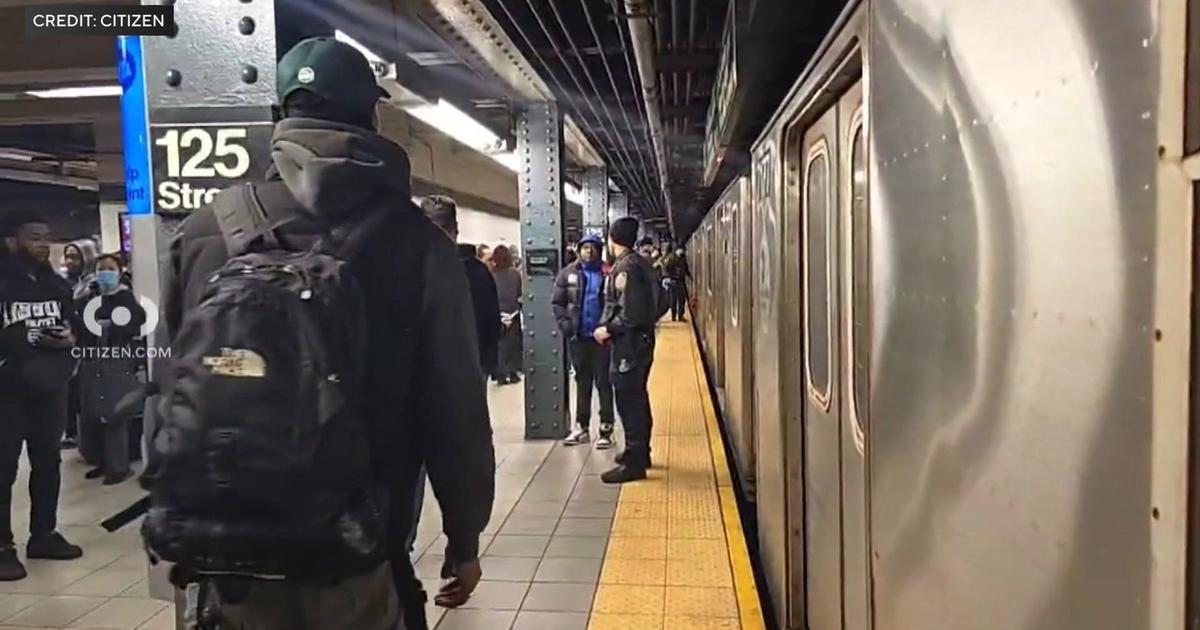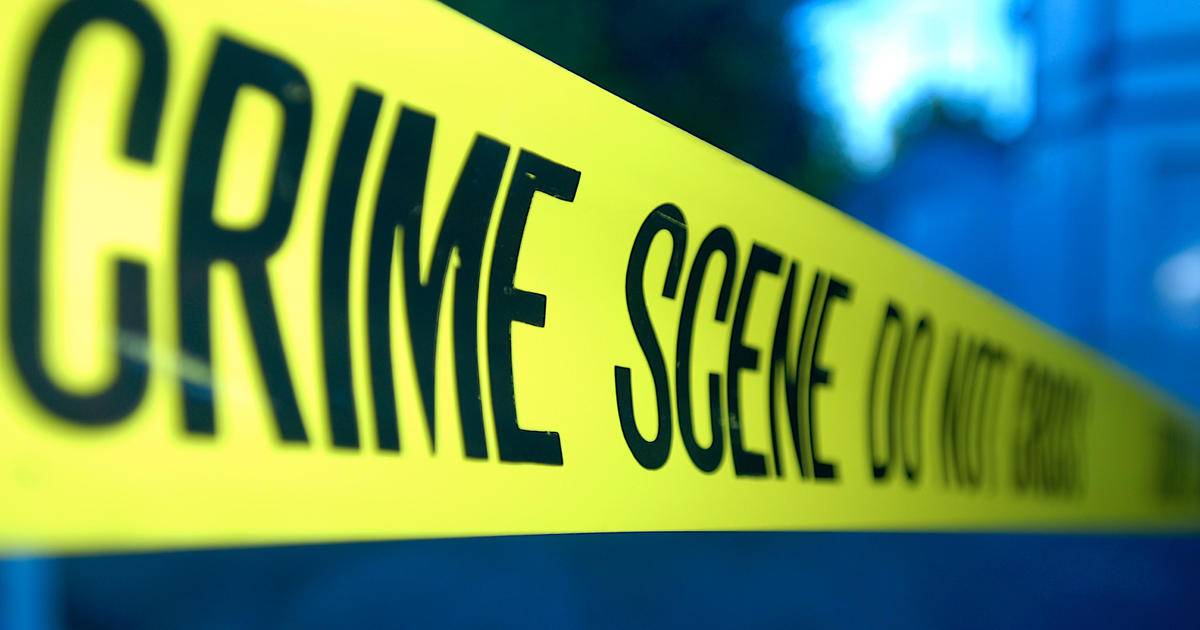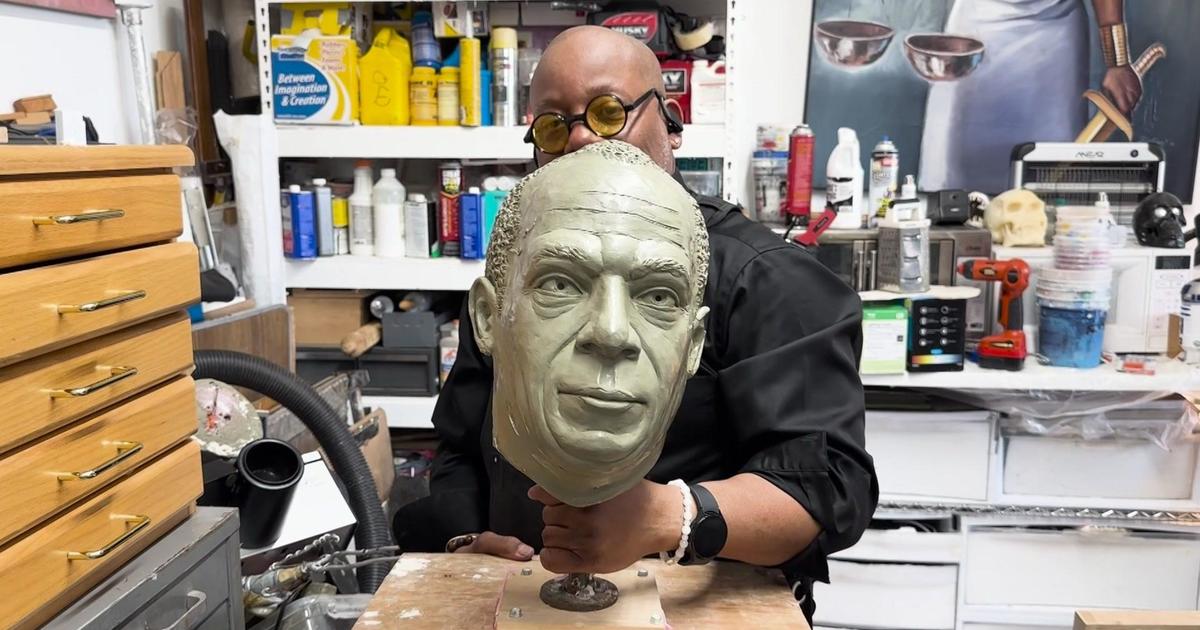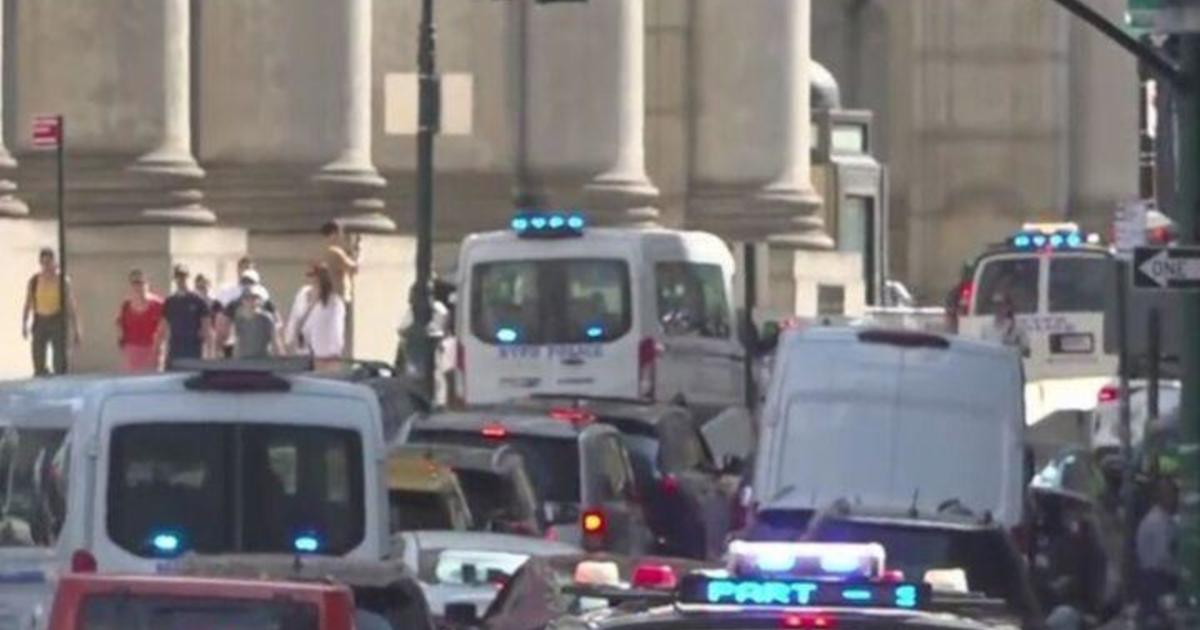The Breaking Point: Teeming Streets
NEW YORK (WCBS 880) – It's not in your head.
"Congestion is at crisis levels in this city," Councilman Mark Levine said.
The average vehicle speed in the lower half of Manhattan is down 15 percent since 2010 – to an exasperating eight miles an hour.
"This is a very unusual moment in history," said Sam Schwartz, the man who coined the dreaded word "gridlock" when he was the city traffic commissioner in the 1980s. "It's usually a yin-yang. You know, traffic gets worse, more people use the subways. The subways get worse, more people drive. Now it's the subways are getting worse and traffic is getting worse."
So why is that? You might be tempted to shout, "bike lanes!"
"I want to be clear on this point," Department of Transportation Commissioner Polly Trottenberg said. "Given the city's dramatic population growth, our streets would be experiencing rising congestion even if we had not added a single bike, bus lane, or pedestrian plaza."
So what is happening?
"We weren't prepared for this thing called Uber and Lyft," said Schwartz.
There are 175 percent more for-hire vehicles in just two years. Mayor Bill de Blasio tried capping them. Uber dug in for a fight.
"The mayor backed down. I think that was a mistake," Schwartz said.
Neither Uber nor Lyft responded to requests to be a part of our story.
The Breaking Point: Was It Inevitable?
New York University's Mitchell Moss says it doesn't stop there.
"The vast culture of the trucks that are coming because of e-commerce," he said.
The Amazons of the world.
"The economy has changed, and that means that streets are bearing the brunt of this," he added.
Councilman Levine blames more chain stores.
"There's nothing more frustrating than seeing an 18-wheeler backing up, making a delivery to a store on a busy street at the busiest time of day," he said.
The building boom doesn't help either.
"Every time you have a crane in the ground, there's usually a traffic lane taken out of commission," said Moss.
One obvious solution would be to build more and better transit options. Just look at the Second Avenue subway.
"Since service began, traffic volumes have decreased on Lexington Ave and Second avenues and taxi speeds are up seven percent," Trottenberg said.
But we've covered how impossibly expensive and time-consuming that is. So what can we do now?
One proposal: congestion pricing.
Does it have a new life? That's next time. Until them, safe travels.
Find more from "The Breaking Point" by clicking here.



